How to Transfer Money from Shopify to Bank Account
As a business owner, you know that cash flow isn't just important—it's the lifeblood of your entire operation. Getting your hard-earned Shopify money into your bank account is a critical part of that flow. If you’re wondering how to transfer money from shopify to bank account, you'll be happy to know it's a straightforward process that puts you in control.
Timely transfers ensure you always have cash on hand to pay suppliers, restock your best-selling products, cover daily operating costs, and reinvest in growth. Whether you’re a brand-new store owner or a seasoned merchant, understanding this process is absolutely vital for maintaining a healthy and thriving business.
Moving funds from Shopify Payments is more than just getting paid; it's about maintaining accurate accounting, ensuring you have cash when you need it most, and creating a sustainable financial rhythm that you can build your business on.
What You Need to Know Before Transferring Money from Shopify to a Bank Account
Before you initiate a transfer, it's wise to have a few key things straight in your mind if you want to understand how to transfer money from Shopify to your bank account without a hitch. First and foremost, using Shopify Payments is the most direct path, as third-party gateways like PayPal or Stripe have their own separate transfer policies.
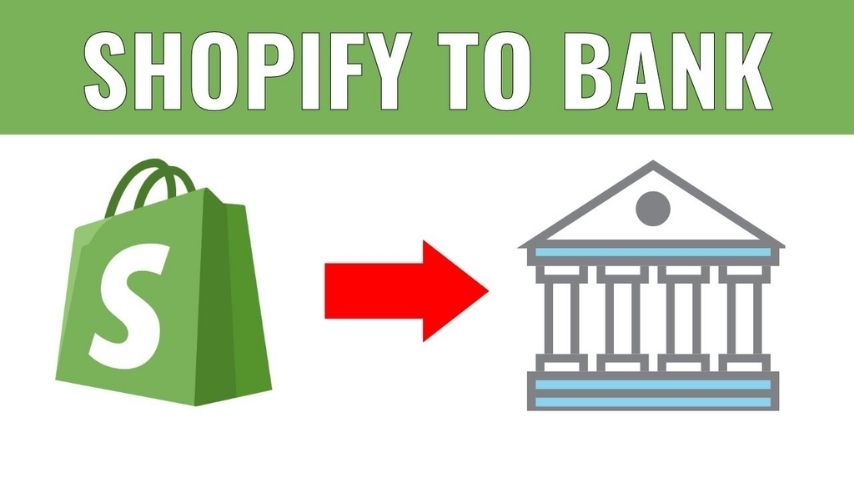
To ensure the money goes to the right place, your bank account must be fully connected and verified within your Shopify settings. It's also crucial to understand your payout schedule, as Shopify has set timings that vary by location; for instance, merchants in the U.S. typically wait 2-3 business days.
Remember that Shopify deducts transaction fees before the final balance is deposited, so the amount you receive will reflect that. In some cases, your account may have minimum payout amounts or experience temporary holds due to risk factors. Understanding these factors will help you avoid frustrating delays and ensure a smooth transfer of money from Shopify to your bank.
Step-by-Step Guide to Transferring Money from Shopify to a Bank Account
Want to know exactly how to transfer money from shopify to bank account? Below is a detailed step-by-step guide:
- Log in to Shopify Admin
Access your Shopify admin dashboard by logging into your account at shopify.com. - Go to Finance
In the admin panel, navigate to the Finance section. - Select "Move Money"
Inside the Finance section, click on Move money. - Click "Transfer Funds"
Choose Transfer funds to initiate the money transfer process from Shopify to your bank. - Select Your Bank Account
Choose the bank account you want to transfer the funds to. If you haven't connected a bank account yet, you can do so at this step. - Enter the Amount
Type in the amount you wish to transfer from your Shopify balance to your bank account. - Review and Confirm
Double-check all the transfer details. Once everything looks correct, click Authorize transfer to complete the process.
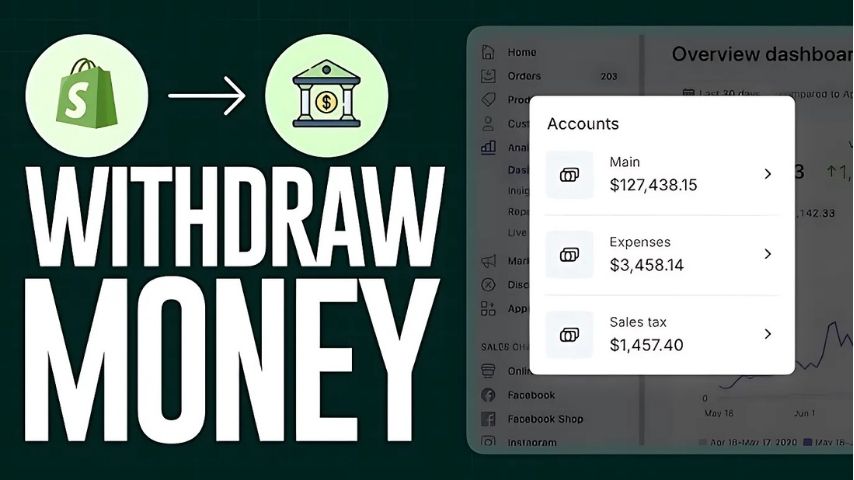
This is the simplest and most direct way of how to transfer money from Shopify to a bank account.
Exploring Different Methods to Transfer Your Shopify Balance
While Shopify Payments is the main highway, think of these other methods as convenient side roads. Depending on your business, one of these alternatives might be a better fit. Here's a quick look at how they work:
- PayPal: When a customer pays with PayPal, the funds land directly in your PayPal account, bypassing Shopify Payouts entirely. You'll need to log into your PayPal dashboard to manage and withdraw this money to your bank.
- Third-party Gateways (Stripe, Authorize.Net): Similar to PayPal, these gateways process payments on their own platform. This means you must manage your payout schedule and initiate transfers directly from the gateway’s own dashboard.
- Wise (formerly TransferWise): This is a go-to for international sellers. Wise gives you local bank details to receive Shopify payouts in a currency like USD, allowing you to convert it to your own currency at a much lower cost than traditional banks.
- Shopify Balance (if applicable): This is Shopify's own integrated business account. Payouts can arrive faster here, and you can use a dedicated card to spend directly from your balance or manually transfer funds to an external bank—all from within your Shopify admin.
If you're asking how to transfer money from Shopify to bank account using any of these platforms, remember that each operates with its own rules, fees, and timelines. The key is to get familiar with their specific systems.
Tips and Tricks for Faster and More Efficient Transfers
Want to get your money even faster and with fewer headaches? It’s not about finding secret buttons; it's about adopting smart habits. Here are some practical tips that will significantly speed up how you transfer money from Shopify to a bank account:
- Use Shopify Payments: This is more than just a tip—it's the foundational choice for efficiency. Because Shopify Payments is built directly into the platform, there's no middleman. This seamless integration means fewer communication delays and points of failure compared to third-party gateways. Your sales data and payout information live in the same place, making tracking and reconciliation a breeze.
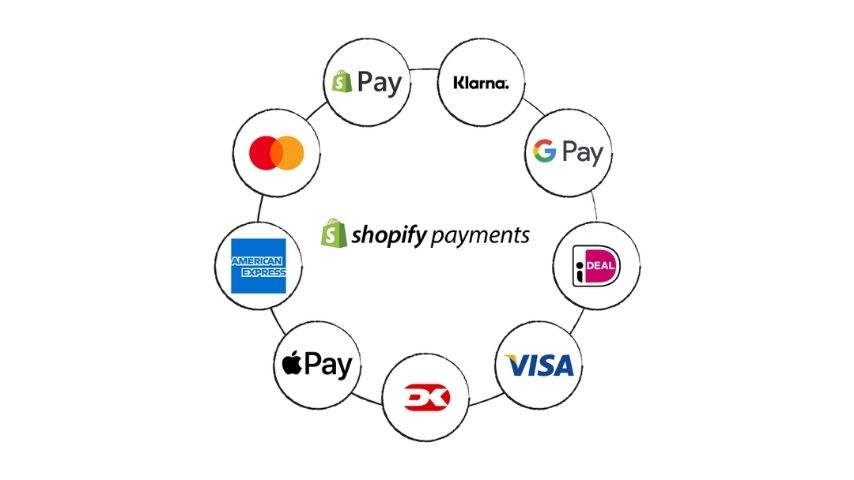
- Set Daily Payouts: If your business has consistent sales and you prefer a steady stream of cash, don't hesitate to switch to a daily payout schedule. You can find this option in your Shopify Payments settings. While weekly or monthly payouts can simplify bookkeeping for some, daily payouts give you the most frequent access to your funds, which is ideal for managing day-to-day expenses.
- Verify Your Identity Promptly: Don't put this off. This is arguably the most common cause of frustrating payout holds for new merchants. Shopify is required by law to verify your identity and business information for security and to prevent fraud. When you get that email or dashboard notification, act on it immediately. Have your government ID, business registration documents, or proof of address ready to go. The faster you complete this step, the faster your money flows without interruption.
- Monitor Your Payout History: Make this a part of your weekly financial routine. Take a few minutes to navigate to the "Payouts" section in your Shopify admin and scan your recent history. Look for any transfers marked as "failed" or that have been "in transit" for longer than the typical window. Catching discrepancies early means you can contact support sooner and resolve issues before they impact your cash flow.
- Connect to a Reliable Bank: Not all bank accounts are created equal. For the smoothest experience, connect Shopify to a dedicated business bank account at an established financial institution. Major banks are generally very efficient at processing the types of ACH transfers Shopify uses. Using a business account also keeps your finances clean and separate from your personal funds—a crucial step for accurate bookkeeping and tax preparation.
- Avoid Weekends and Holidays: Remember that banks take time off, too. Shopify may process a payout on a Friday, but the banking network doesn't operate over the weekend or on public holidays. So, if you're planning for a big expense on a Monday, don't count on a transfer initiated late on Friday to be there. Plan your transfers with the business week in mind to avoid being caught short.
Conclusion
If you’ve ever found yourself asking how to transfer money from Shopify to bank account, you now have a clear roadmap. With Shopify Payments, the process is largely automated and seamless, but staying informed about your specific payout schedule, transaction fees, and transfer methods is key.
Whether you're relying entirely on Shopify Payments or using other providers like PayPal, a deep understanding of each system empowers you to maintain a consistent and healthy cash flow. By implementing the steps and tips outlined above, you’ll ensure your transfers are both timely and efficient, giving you the peace of mind and financial control you need to run your ecommerce business successfully.
Ready to take the next step? Explore our Ecommerce Platform category to discover detailed reviews, comparisons, and tips on choosing the best platform for your online store.



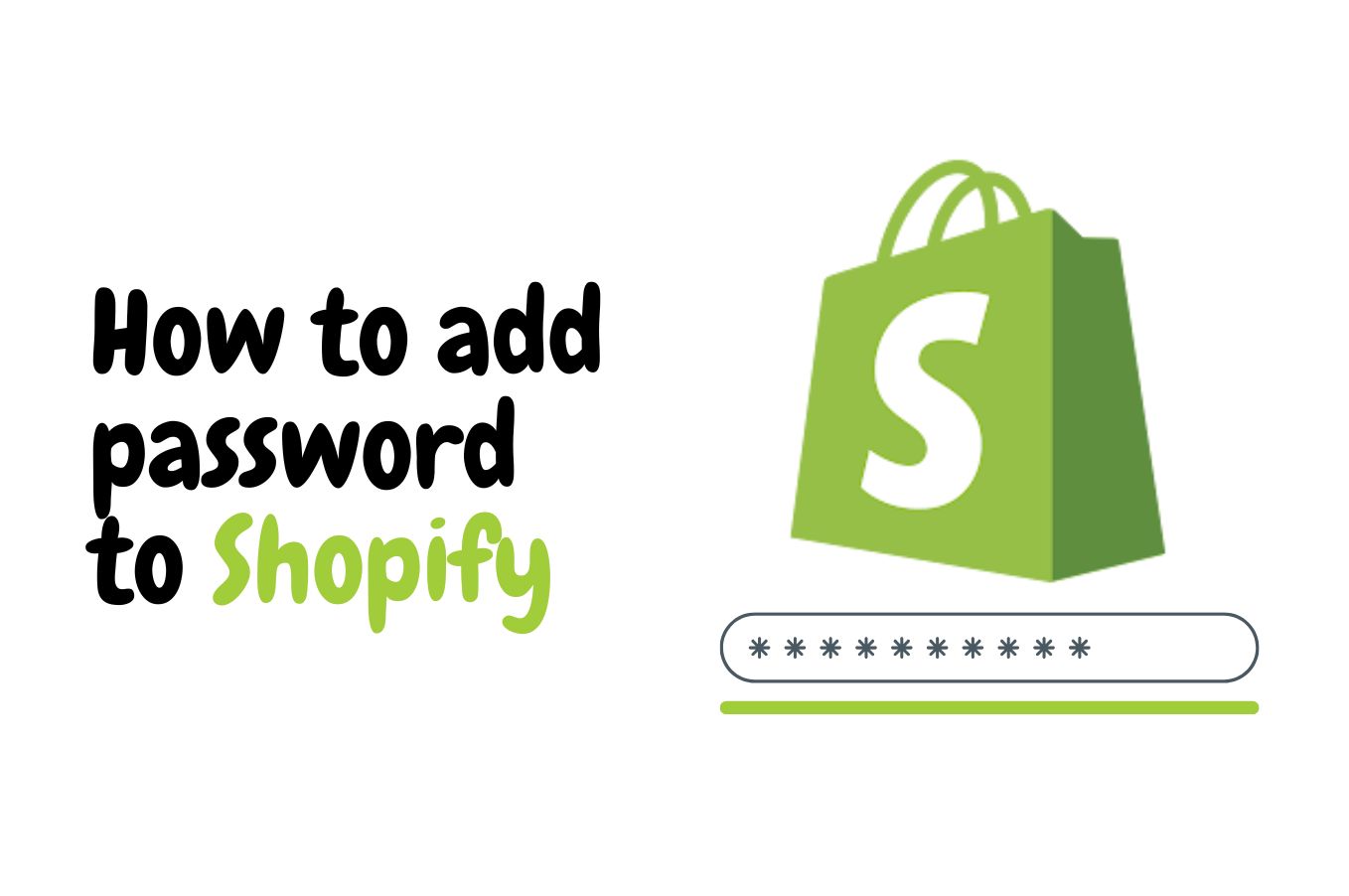
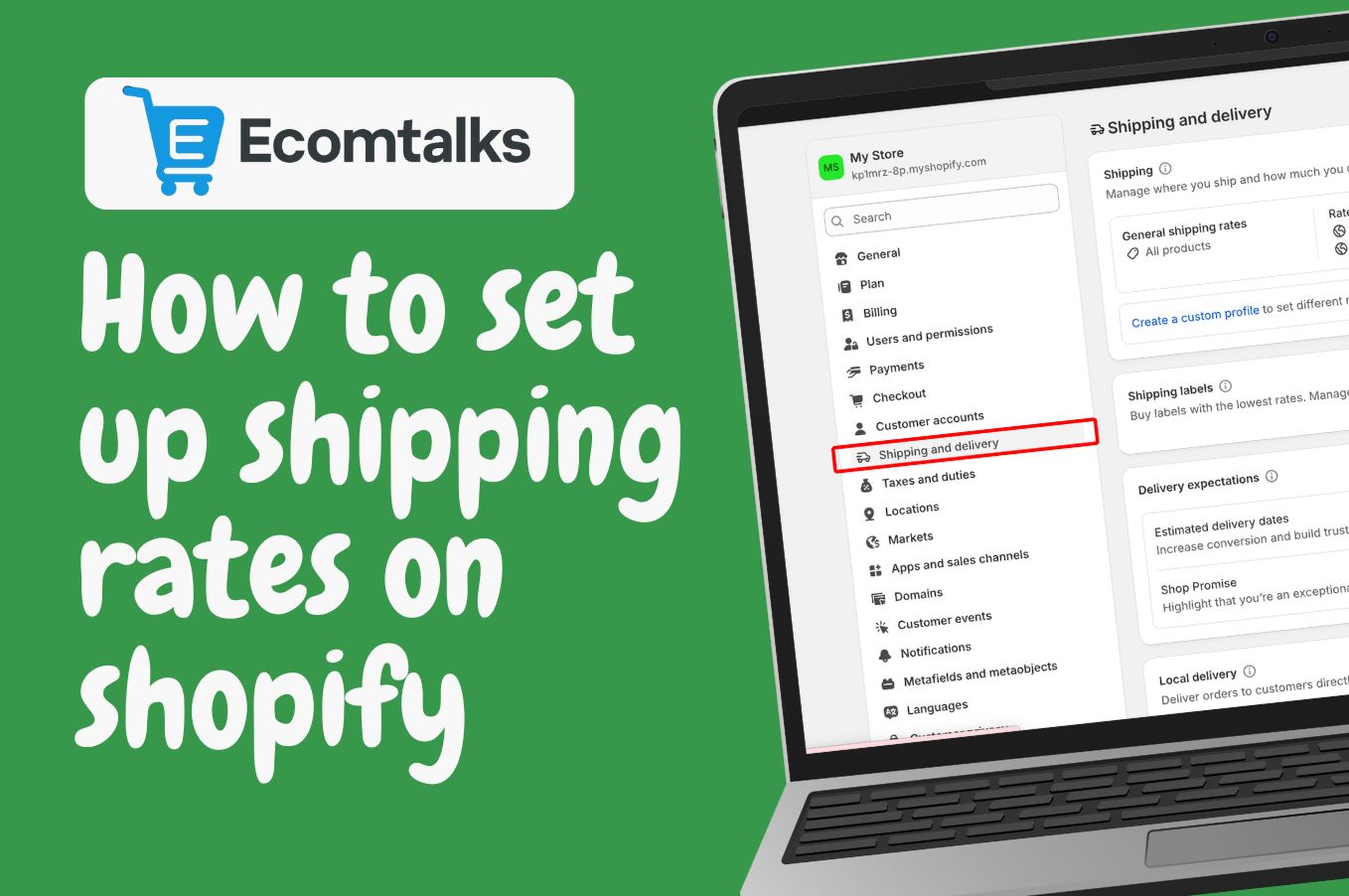



.jpg)
.jpg)